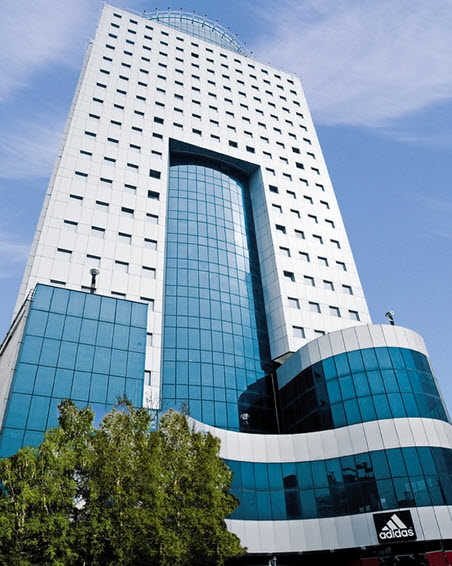سازمان مهاجرتی بهرامی برای همه کشورها آماده است
سازمان مهاجرتی آرش بهرامی
در سریع ترین زمان ممکن پرونده مهاجرت خود را با ما پیش ببرید.
برای شروع از طریق فرم زیر اقدام کنید.
Tehran
Tehran
Vancouver
Vancouver
سوالات متداول شما از آقای بهرامی
بله، در سیستم اکسپرس اینتری و برخی برنامههای استانی، نیازی به پیشنهاد شغلی نیست. اما داشتن پیشنهاد شغلی میتواند امتیاز شما را افزایش دهد.
دولت کانادا برنامههایی برای کمک به تازهواردان دارد، مثل آموزش زبان رایگان، مشاوره شغلی، و خدمات اسکان. اما کمک مالی مستقیم معمولاً ارائه نمیشود مگر در شرایط خاص.
کانادا بازار کار قوی دارد و در بسیاری از حوزهها مانند فناوری، مراقبتهای بهداشتی، و مهندسی تقاضا زیاد است. داشتن تجربه کاری و مهارتهای زبانی شانس شما را برای پیدا کردن کار افزایش میدهد.

























